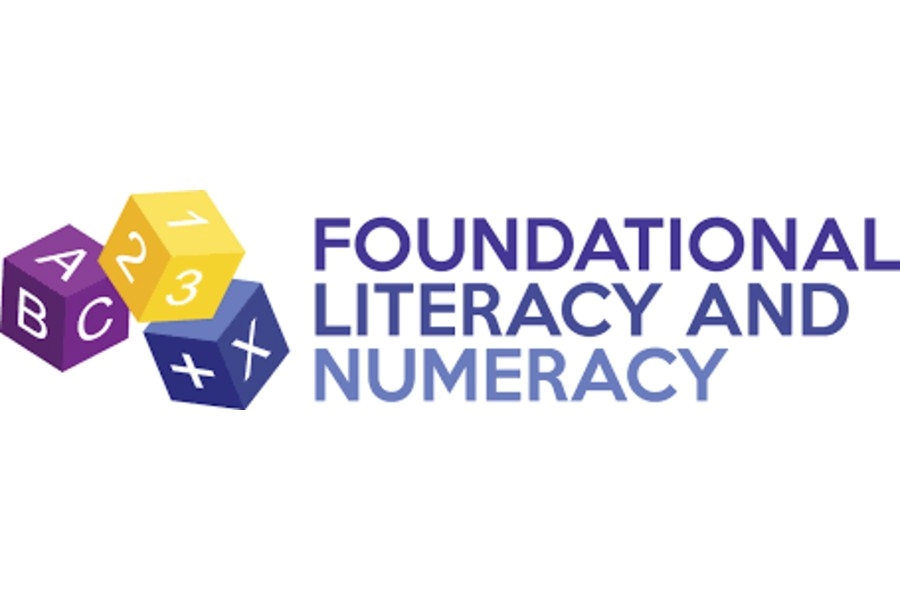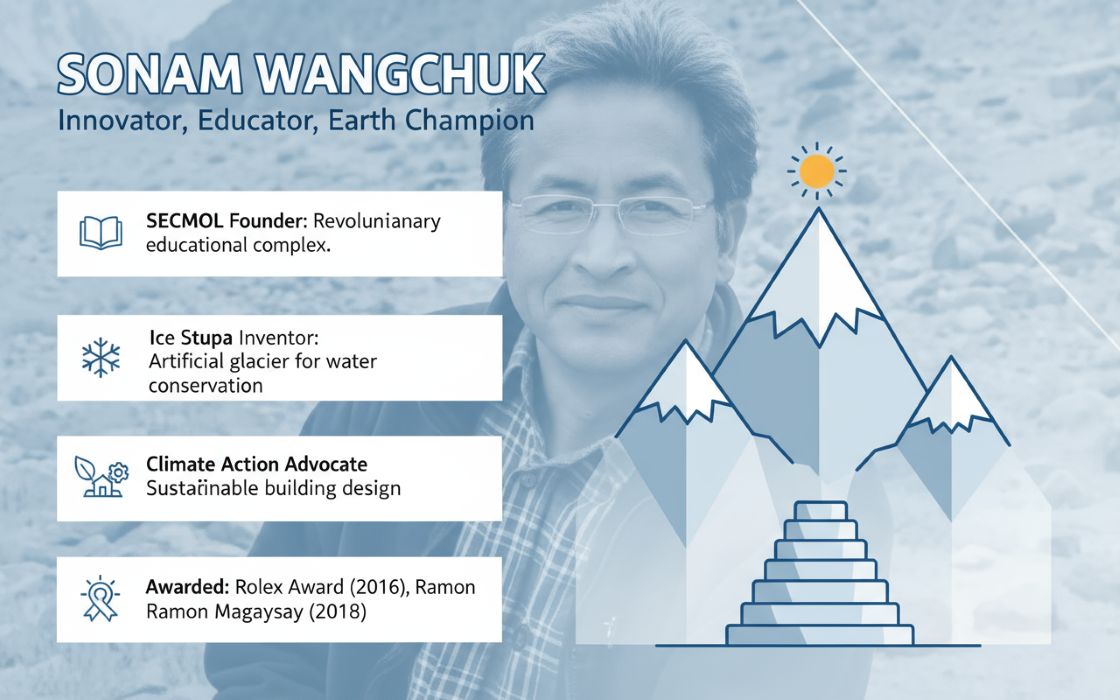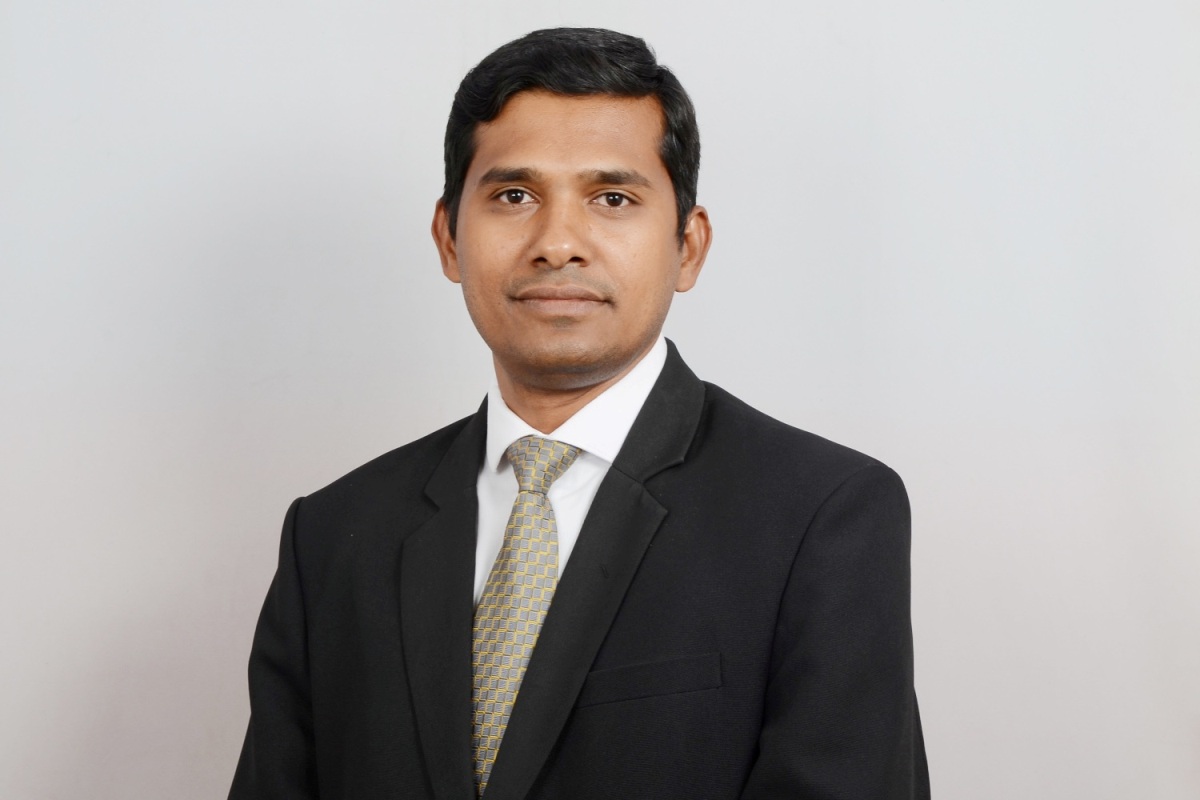 In a country where millions of children still face nutritional deficits that impair their growth and learning potential, the Sri Sathya Sai Annapoorna Trust has emerged as a powerful force for change. Spearheading one of India's largest school nutrition programs, the Trust has reached over 3 million children across 23 states and 4 union territories. At the heart of its success lies a unique blend of corporate-grade efficiency and grassroots empathy—a model that prioritizes both scale and soul.
In a country where millions of children still face nutritional deficits that impair their growth and learning potential, the Sri Sathya Sai Annapoorna Trust has emerged as a powerful force for change. Spearheading one of India's largest school nutrition programs, the Trust has reached over 3 million children across 23 states and 4 union territories. At the heart of its success lies a unique blend of corporate-grade efficiency and grassroots empathy—a model that prioritizes both scale and soul.
In this conversation, Anand Kumar Kadali, Trustee and Secretary of the Trust, reflects on their recent landmark partnership with the Government of Uttarakhand, the science behind their SaiSure nutritional supplement, and the meticulous logistics of serving 6.8 lakh children daily. He also shares insights into volunteer mobilization, quality control, and the broader gaps in India’s public nutrition landscape.
Q&A
Q. To begin with, can you walk us through the vision behind the recent partnership with the Government of Uttarakhand and what it means for the children of the state?
A. Our partnership with the Government of Uttarakhand reflects a shared commitment to combat child malnutrition and enhance learning outcomes. The vision is simple but powerful: no child should go to school hungry. By integrating our SaiSure multi-nutrient supplement with the state's existing milk scheme, we aim to improve the nutritional intake of children in a scalable, sustainable manner—starting with over 6.8 lakh children across 16,000+ schools.
Q. The numbers are staggering—serving over 6.8 lakh children daily across 16,000+ schools. Could you share a glimpse of the kind of planning and coordination that go into managing a programme of this magnitude?
A. Serving lakhs of children daily requires military-grade planning and seamless execution. It involves coordination across departments—education, dairy, transport, and local administration. We use a hub-and-spoke distribution model, real-time monitoring tools, and strong on-ground relationships to ensure that the right nutrition reaches the right child at the right time. Our backend operations, though humanitarian in purpose, are professionally managed with robust SOPs.
Q. One of the standout features of this partnership is the integration of SaiSure into the government’s existing milk scheme. How was SaiSure formulated and what specific nutritional gaps does it address?
A. SaiSure was formulated by leading nutritionists and food technologists to tackle “hidden hunger”—micronutrient deficiencies that don’t always show immediate symptoms but impair cognitive development and immunity. SaiSure contains essential nutrients like iron, zinc, calcium, vitamin D, vitamin B12, folate, and other key vitamins and minerals. It’s designed to mix easily with milk and is culturally acceptable across India.
Q. How do you ensure quality, consistency, and compliance when working across multiple states, schools, and government frameworks? Are there any best practices you’ve institutionalized over the years?
A. We operate and follow FSSAI-compliant practices. Third-party testing, batch traceability, and standardized protocols ensure quality and safety. We’ve institutionalized a few best practices: decentralized production units, state-specific customization of nutrition profiles, and rigorous training of ground staff. Consistency in values and transparency in execution bind the entire system together.
Q. Annapoorna’s model is often described as highly collaborative. What has been your experience working with state governments, corporates, farmers and grassroots organizations? How do you align such diverse stakeholders?
A. We believe in the “Sarkara-Samaja-Sanstha” model—bringing together the government, society, and institutions. Whether it’s corporate CSR support, local SHGs, or farmer groups cultivating millets, our model works because of mutual trust and alignment around child welfare. We see ourselves as enablers—bringing scale, systems, and spirit to government and community initiatives.
Q. With over a million volunteers involved, what are some of the unique advantages and challenges that come with mobilizing such a large volunteer base?
A. Our strength lies in community ownership. With over a million volunteers across the country, our challenge is channeling this goodwill effectively. We’ve built localized leadership structures and invested in training and communication tools. The advantage? Deep penetration into remote communities and the ability to operate with empathy and agility, which no top-down system can replicate.
Q. In terms of structure and efficiency, the Trust’s operations mirror those of a large corporation—but with the heart of a humanitarian mission. How do you see Annapoorna’s identity as distinct from a corporate foundation or government programme?
A. Annapoorna functions with the discipline of a corporation but the soul of a seva (service) movement. Unlike many corporate or government programs, our decisions are impact-first, not ROI-first. We're not constrained by market forces or political cycles. This independence gives us the freedom to innovate, scale, and adapt purely based on need.
Q. Malnutrition continues to be a key concern in India despite several government schemes. What gaps or areas of improvement do you see in public nutrition programs, and how can initiatives like yours complement them more effectively?
A. Despite the scale of government efforts, many schemes struggle with implementation bottlenecks—logistics, consistency, and micronutrient diversity. Many provide only calories, not nutrition. Programs like ours complement the state by plugging these gaps, introducing fortified supplements, and ensuring last-mile delivery with dignity and care.
Q. Looking ahead, what’s the roadmap for Annapoorna in terms of geographic expansion, innovations like SaiSure, or newer collaborations—perhaps with Anganwadis or other early childhood programs?
A. We are scaling both vertically and horizontally. Vertically—by enhancing nutrition with innovations like iron-fortified jaggery, millet-based blends, and adolescent girl-specific supplements. Horizontally—by expanding to Anganwadis, tribal belts, and aspirational districts. We're also piloting AI-based nutrition impact assessments and digitized tracking of child health markers.
Q. Your journey is equally compelling—you transitioned from a corporate career to community service. What sparked this change, and how has the experience shaped your outlook on leadership and purpose?
A. My transition from a corporate career to community service was deeply inspired by the vision of our Chairman, Sadguru Sri Madhusudan Sai. His unwavering commitment to "Let no child go to school hungry ever again" and his broader mission of free nutrition, education, and healthcare for all, resonated deeply with me. What started as a small act of volunteering became a life-changing journey. Under His guidance, I saw how service, when rooted in love and purpose, can create systemic change. This experience has profoundly shaped my understanding of leadership—not as a title, but as a responsibility to uplift lives with compassion and conviction.
Q. Finally, what is your long-term vision for India’s children—and what role do you see Annapoorna playing in shaping that future?
A. Our vision is a nourished, educated, and empowered generation of children—irrespective of geography or income. Annapoorna aims to be a national backbone for child nutrition, partnering with the government to ensure every child receives the foundational nourishment needed to thrive—intellectually, emotionally, and physically.

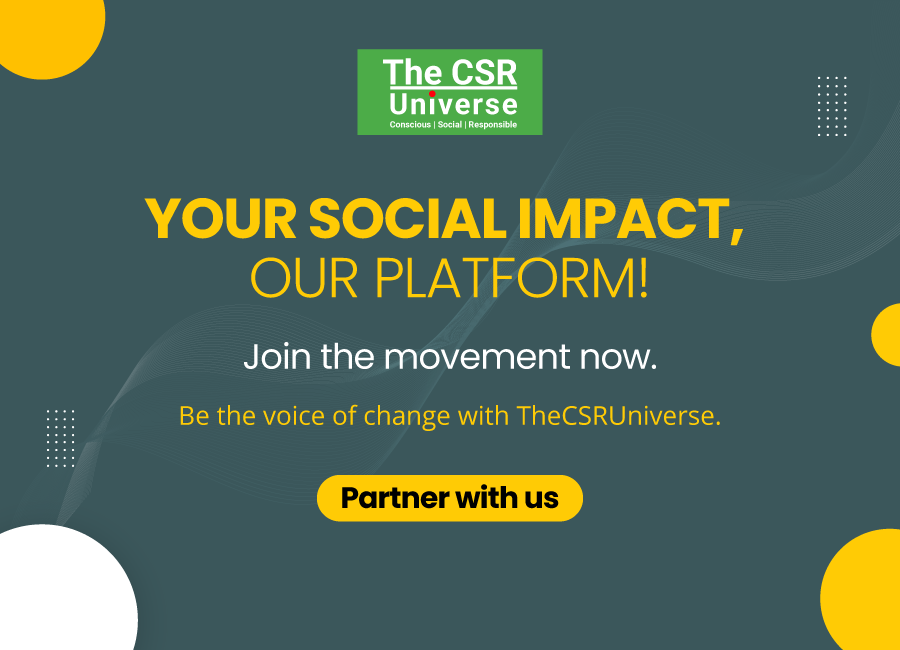

 In a country where millions of children still face nutritional deficits that impair their growth and learning potential, the Sri Sathya Sai Annapoorna Trust has emerged as a powerful force for change. Spearheading one of India's largest school nutrition programs, the Trust has reached over 3 million children across 23 states and 4 union territories. At the heart of its success lies a unique blend of corporate-grade efficiency and grassroots empathy—a model that prioritizes both scale and soul.
In a country where millions of children still face nutritional deficits that impair their growth and learning potential, the Sri Sathya Sai Annapoorna Trust has emerged as a powerful force for change. Spearheading one of India's largest school nutrition programs, the Trust has reached over 3 million children across 23 states and 4 union territories. At the heart of its success lies a unique blend of corporate-grade efficiency and grassroots empathy—a model that prioritizes both scale and soul.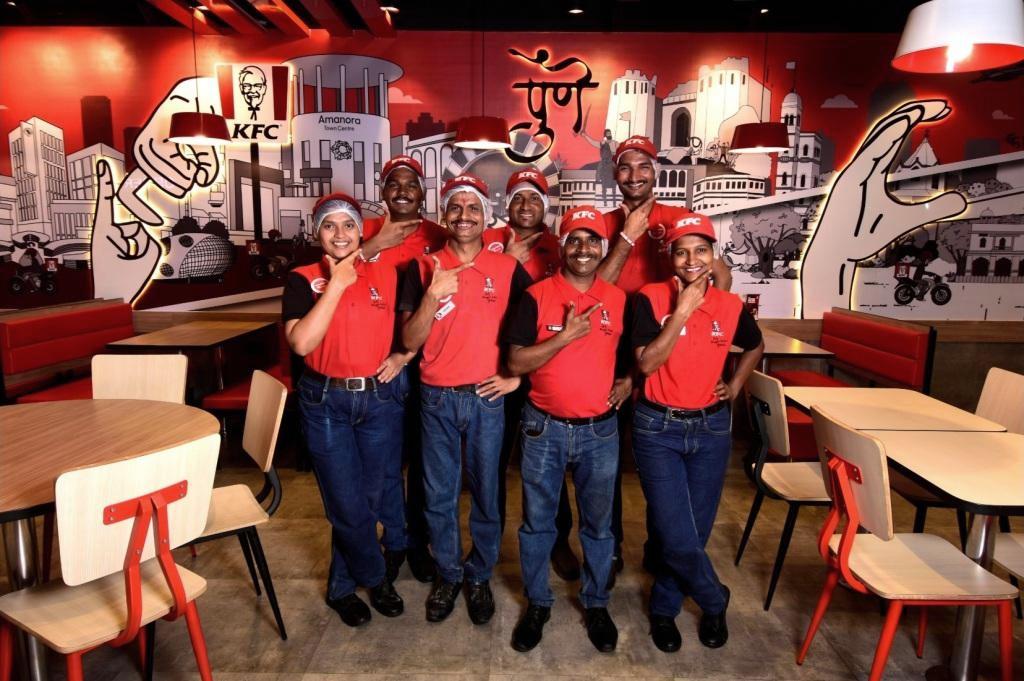

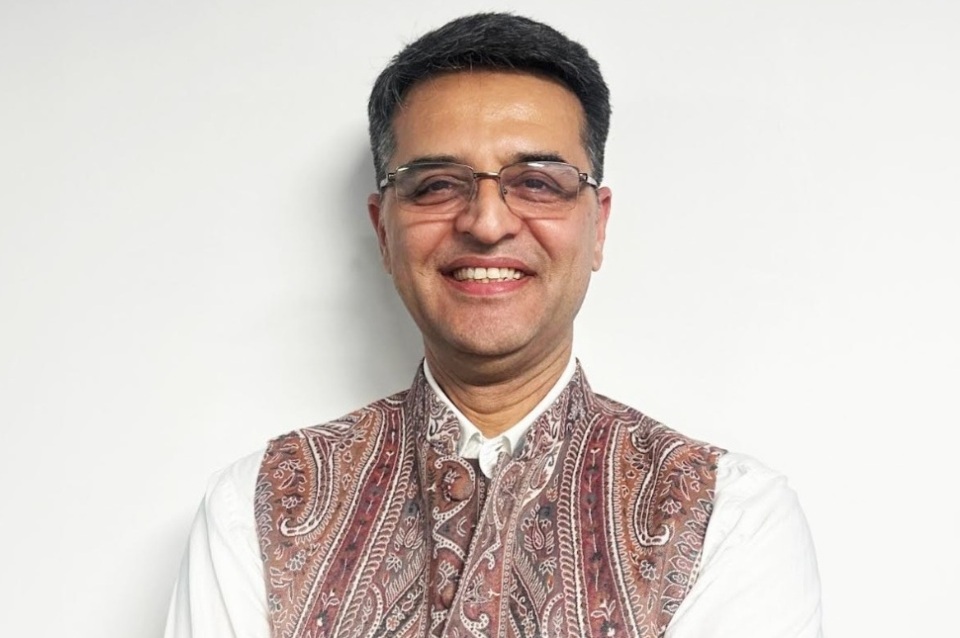
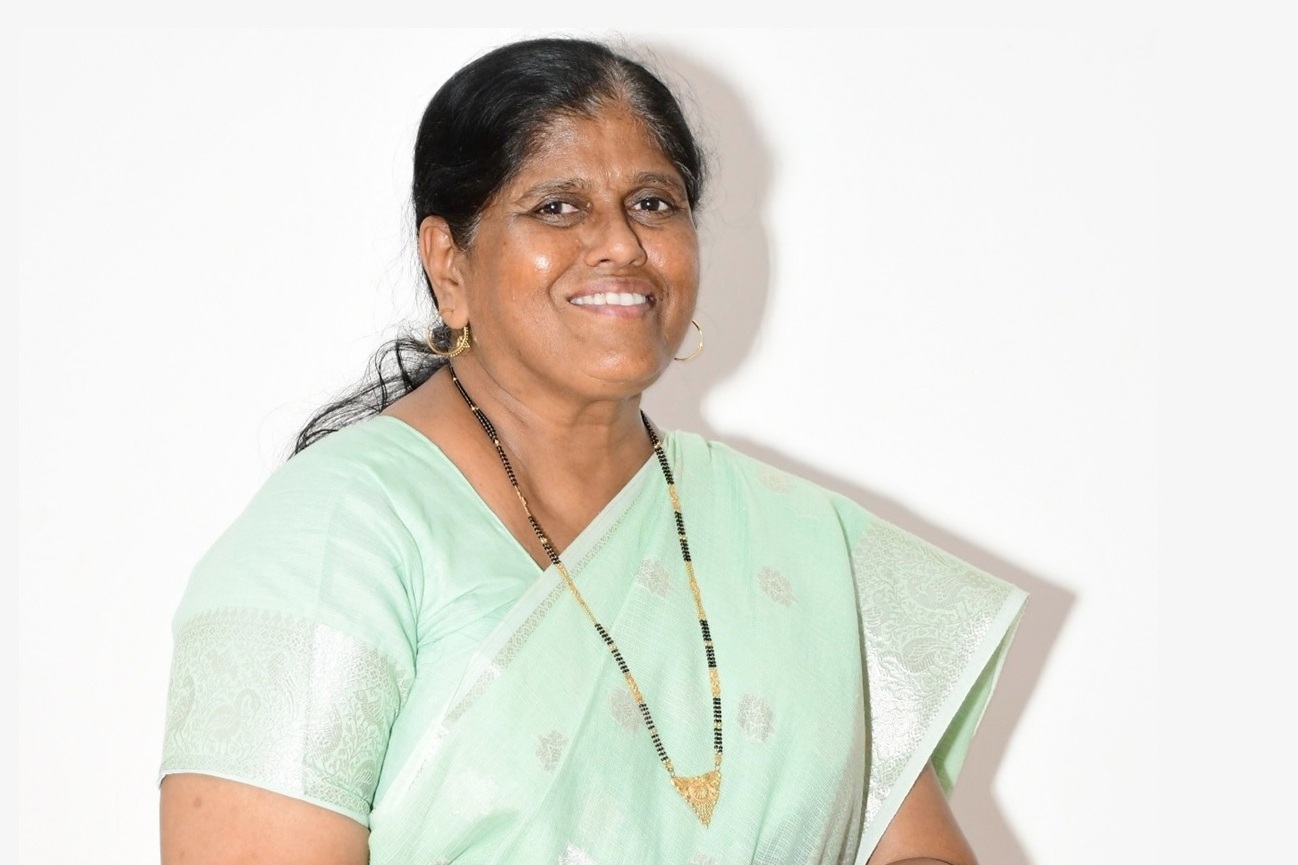
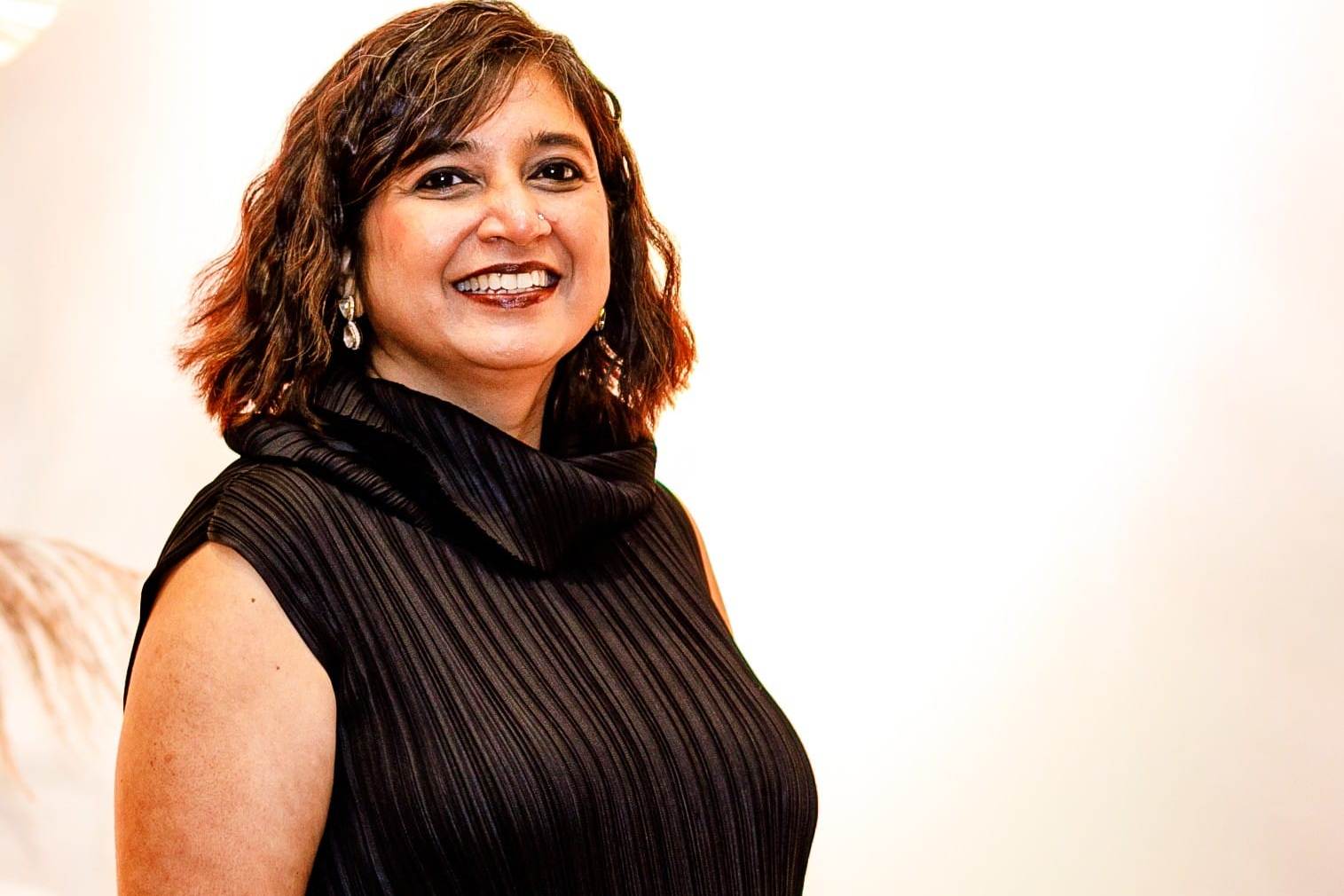


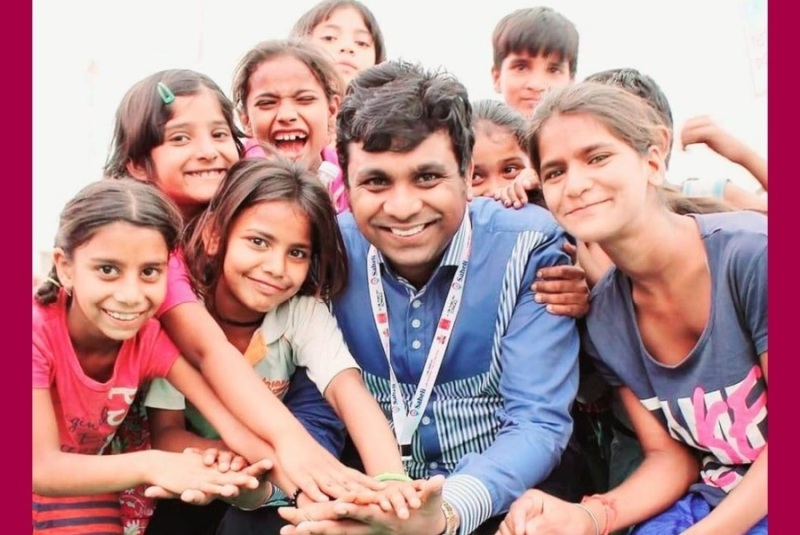
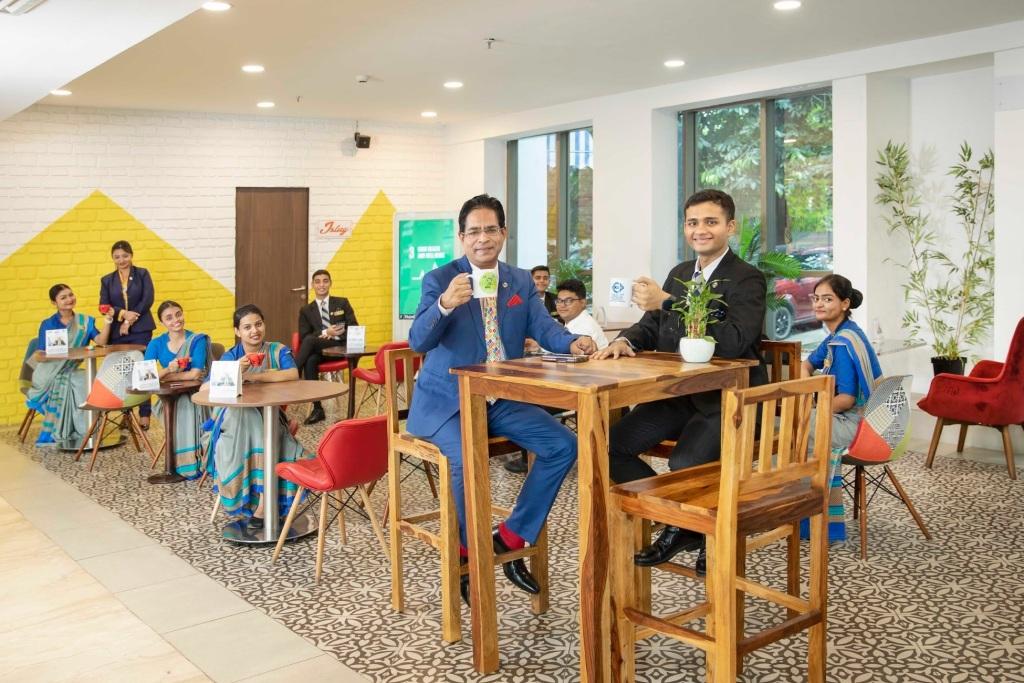
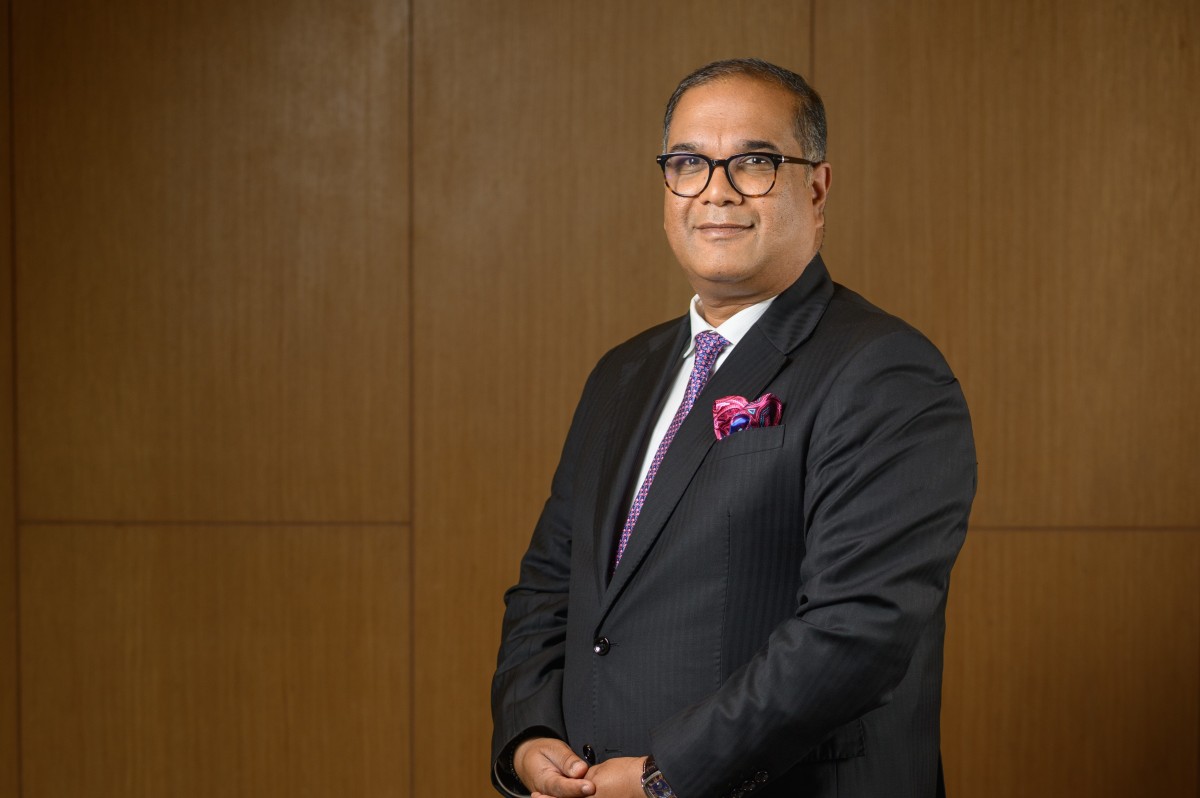
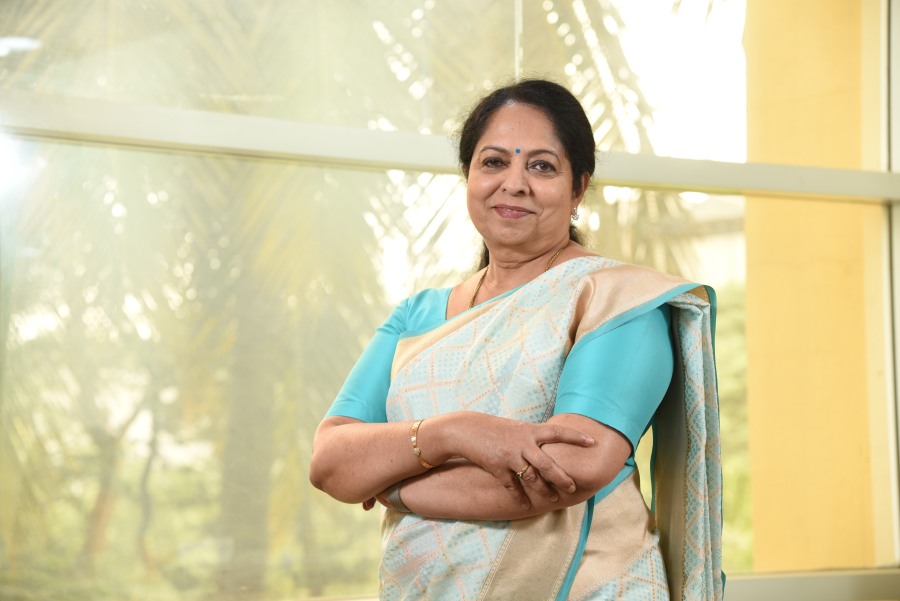
.jpg)
